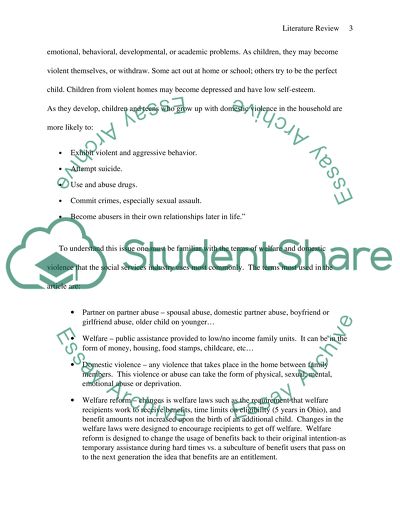Cite this document
(The Relationship Between Partner Abuse and Welfare Recipients Literature review, n.d.)
The Relationship Between Partner Abuse and Welfare Recipients Literature review. https://studentshare.org/social-science/1515825-the-relationship-between-partner-abuse-and-welfare-recipients
The Relationship Between Partner Abuse and Welfare Recipients Literature review. https://studentshare.org/social-science/1515825-the-relationship-between-partner-abuse-and-welfare-recipients
(The Relationship Between Partner Abuse and Welfare Recipients Literature Review)
The Relationship Between Partner Abuse and Welfare Recipients Literature Review. https://studentshare.org/social-science/1515825-the-relationship-between-partner-abuse-and-welfare-recipients.
The Relationship Between Partner Abuse and Welfare Recipients Literature Review. https://studentshare.org/social-science/1515825-the-relationship-between-partner-abuse-and-welfare-recipients.
“The Relationship Between Partner Abuse and Welfare Recipients Literature Review”. https://studentshare.org/social-science/1515825-the-relationship-between-partner-abuse-and-welfare-recipients.


